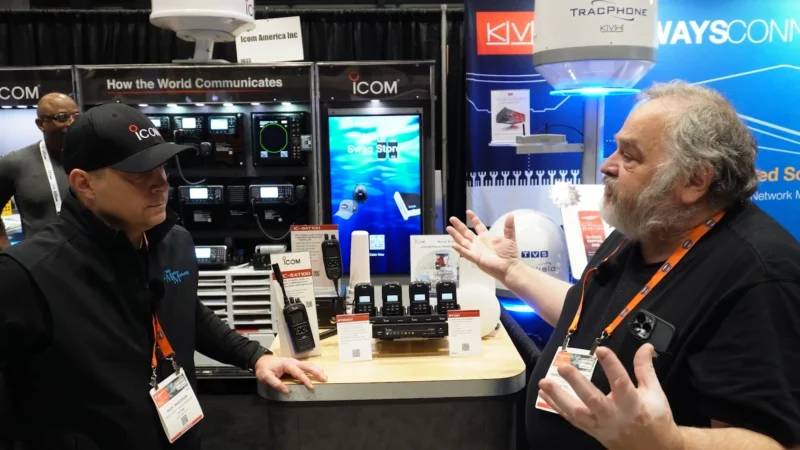Balancing Sustainability and Profitability by Extending Product Lifecycles
In the AV and Integrated Technology industries, rapid innovation often leads to shorter product lifecycles, contributing to increased e-waste and environmental concerns. To address these sustainability challenges, companies are exploring strategies like extending product lifecycles and leveraging software based tools, but there is a natural push and pull when it comes to balancing sustainability with profitability.
With this in mind, let’s take a look at three key approaches—modular design, standardization, and regular maintenance and support—that contribute to prolonging product lifecycles in both AV and integrated technology sectors while maintaining revenue generation.
Modular Design: Revenue Generation through Upgradable Components
Modular design is a sustainable approach that allows users to replace or upgrade individual components (either physical or digital) in devices instead of discarding the entire product when a single part becomes obsolete or nonfunctional. We’re already seeing many manufacturers in the transportation world, like BMW, embrace a similar model. Manufacturers can capitalize on this by offering upgradeable modules or components, generating revenue while reducing e-waste. By focusing on developing and marketing innovative modules, manufacturers can stay ahead of the competition and maintain a steady stream of income.
Standardization: Unlocking New Market Opportunities through Compatibility
Standardization of connectors, components, and communication protocols in both the AV and integrated technology industries can extend product lifecycles by ensuring compatibility and interoperability between devices from different manufacturers. While this may seem to limit opportunities for product differentiation, it actually opens up new market opportunities. Manufacturers can develop add-on components or accessories compatible with standardized systems, enabling them to tap into a larger customer base while contributing to sustainability. This model has worked quite well for companies like BirdDog who have fully embraced the evolution of specific video protocols like NDI.
Regular Maintenance and Support: Enhancing Customer Retention and Revenue
Offering comprehensive maintenance and support services is essential for prolonging the lifecycles of hardware. By identifying and addressing potential issues before they result in device failure or obsolescence, manufacturers can extend the functional life of their products. Preventative maintenance, timely software updates, and responsive customer support not only contribute to sustainability but also enhance user satisfaction and brand loyalty. As a result, manufacturers can benefit from recurring revenue streams through service contracts, software subscriptions, and customer retention.
—
In both the AV and integrated technology industries, sustainability and maintaining profitability don’t have to be mutually exclusive. By adopting practices such as modular design, standardization, and regular maintenance and support, manufacturers can extend product lifecycles while generating consistent revenue. This balanced approach not only benefits the environment but also ensures the long-term success and growth of these industries. For the latest trends, tips, and thought leadership in technology, be sure to check out Pro AV Today.






